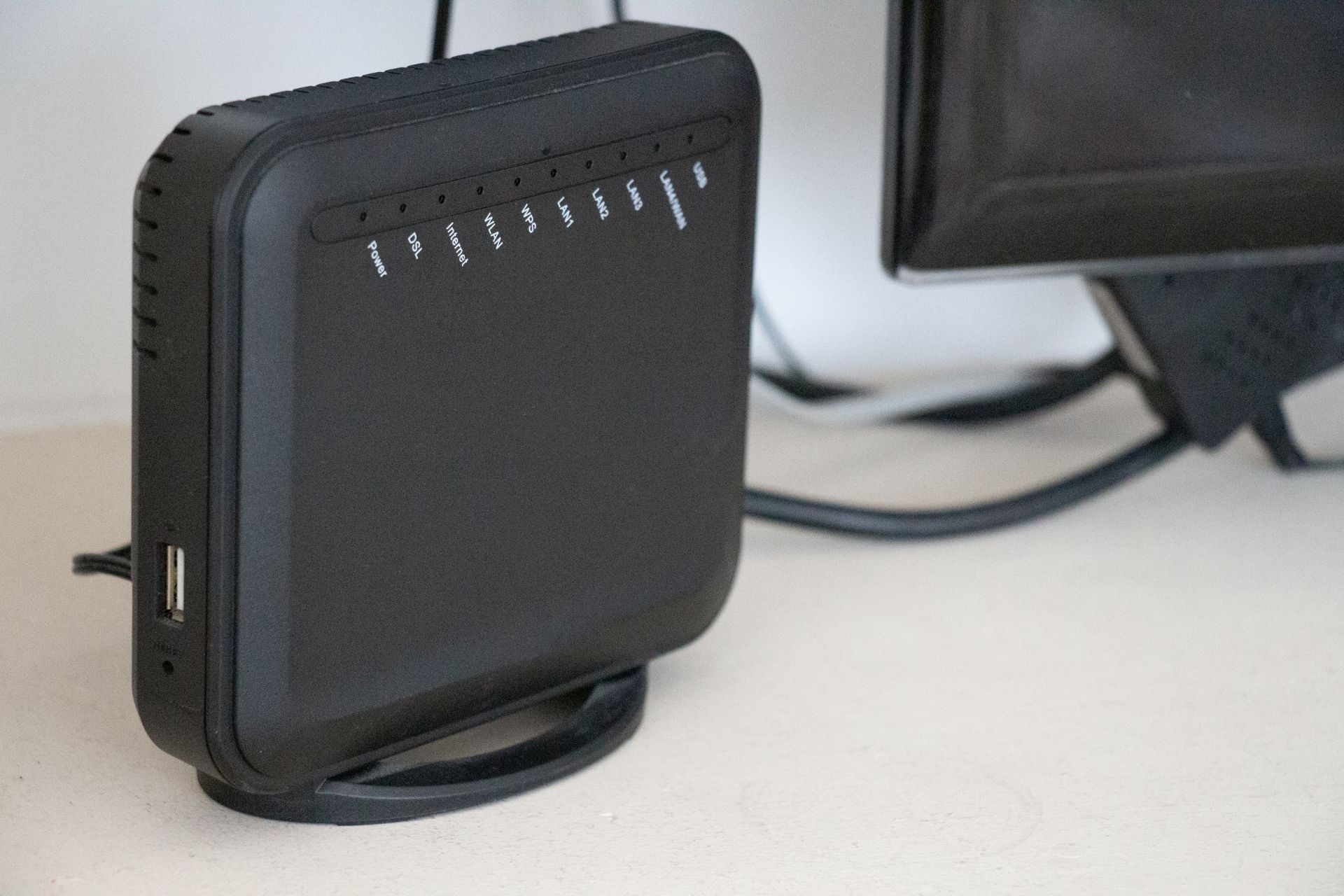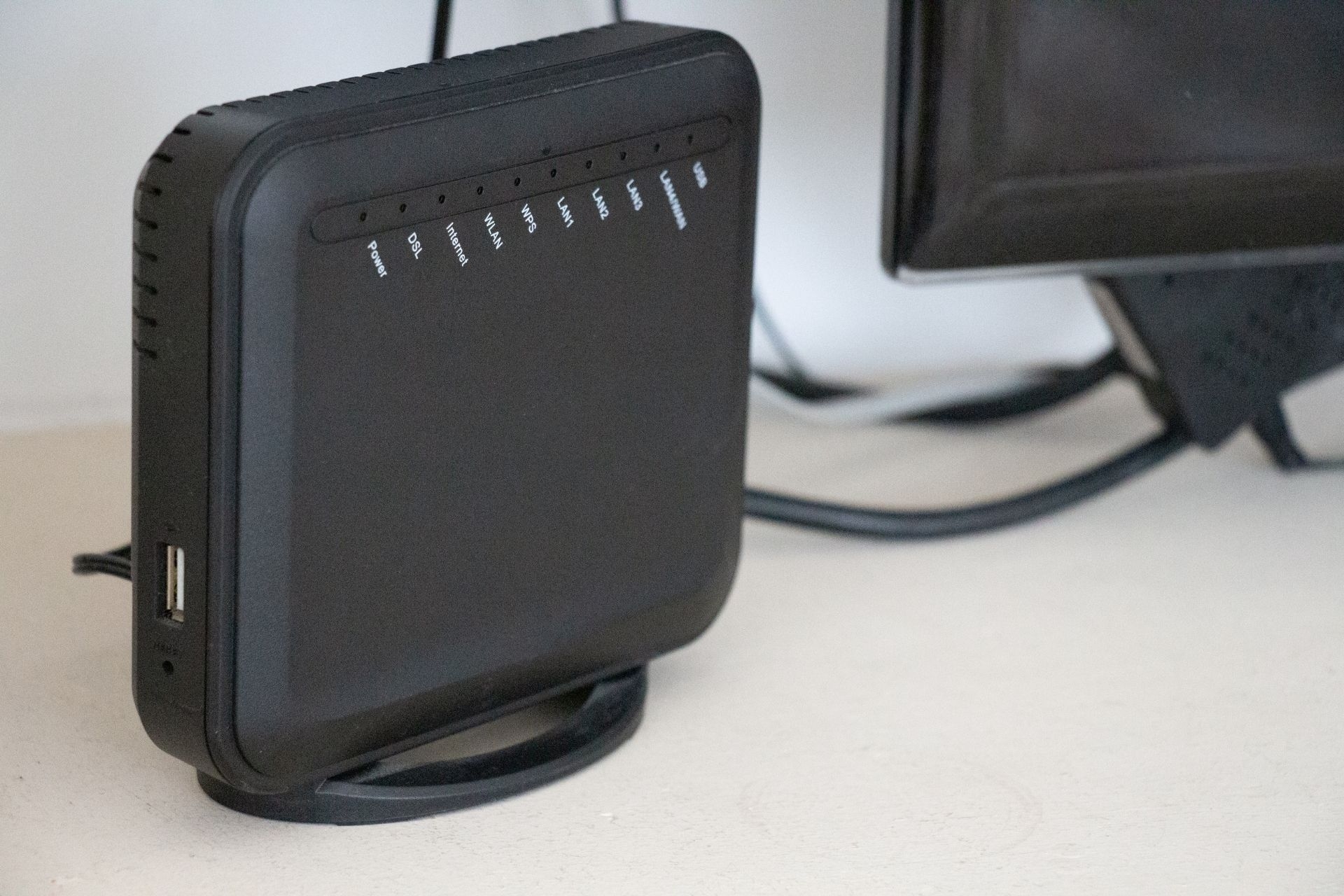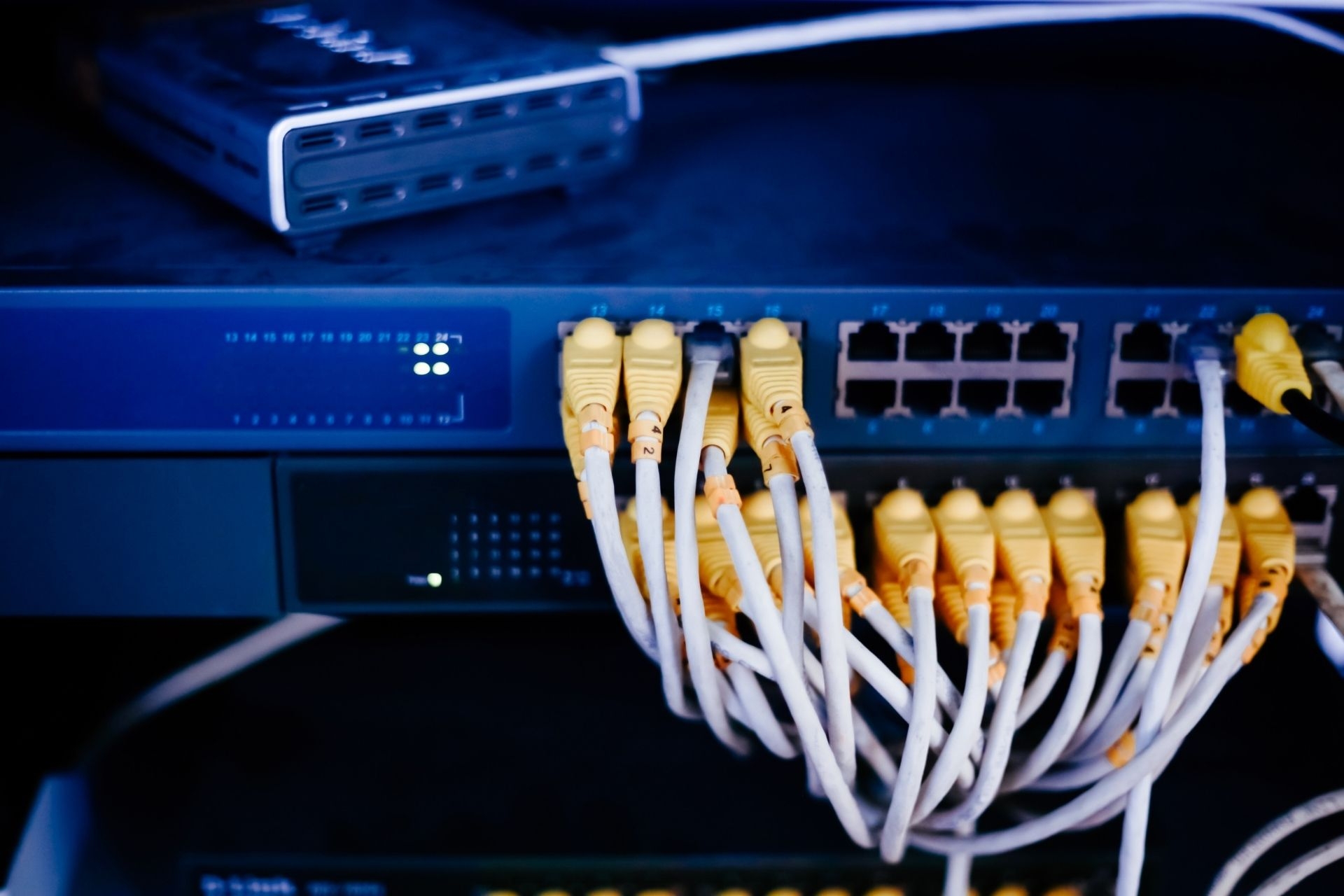

To ensure reliable and high-speed internet connectivity for all residents in a multifamily dwelling unit (MDU), the property management can consider implementing a fiber-optic network infrastructure. Fiber-optic cables provide faster and more stable internet connections compared to traditional copper cables, allowing residents to enjoy seamless online experiences. Additionally, investing in a robust network infrastructure with sufficient bandwidth capacity can help prevent congestion and slowdowns during peak usage times, ensuring that all residents have access to fast and reliable internet services.
MDU Internet Infrastructure Used Currently For Commercial Applications in 2024
Implementing a secure network infrastructure in a multifamily dwelling unit is crucial to protect residents' personal data and prevent unauthorized access to the network. Best practices include setting up strong encryption protocols, implementing firewalls, regularly updating network security software, and restricting access to sensitive information. Property managers can also consider implementing network segmentation to isolate different devices and networks within the MDU, enhancing overall security and minimizing the risk of cyber threats.
This post was collaboratively written by four members of our team with a combined 70 years in the cable industry, having worked at the top Cable Companies in the country and having left that industry over the last two years due to the issues described below. Cable companies will want to sell you bulk modems for your multi-tenant property. Why?

Posted by on 2022-12-21
Property managers can effectively manage network access and usage for residents in a multifamily dwelling unit by implementing network monitoring tools and access controls. By monitoring network traffic and usage patterns, property managers can identify potential issues, such as bandwidth hogs or security breaches, and take appropriate actions to address them. Additionally, setting up user authentication protocols and implementing network usage policies can help regulate residents' access to the network and ensure fair and equitable usage for all.

Wired and wireless networking solutions offer different advantages and considerations for a multifamily dwelling unit. Wired networks, such as Ethernet connections, provide faster and more reliable internet connections but may require additional infrastructure for installation. On the other hand, wireless networks, such as Wi-Fi, offer more flexibility and convenience for residents but may be susceptible to interference and signal degradation. Property managers can consider a combination of wired and wireless networking solutions to provide residents with the best of both worlds.
To accommodate the increasing demand for smart home devices and IoT technology on its network, a multifamily dwelling unit can implement a robust and scalable network infrastructure. This may include upgrading to a higher bandwidth internet connection, setting up a separate network for IoT devices, and implementing network security measures to protect against potential cyber threats. Property managers can also provide residents with guidelines on connecting and managing their smart devices to ensure optimal network performance and security.

Implementing a fiber-optic network in a multifamily dwelling unit may pose challenges such as high installation costs, potential disruptions during installation, and compatibility issues with existing infrastructure. To overcome these challenges, property managers can work with experienced network providers to develop a comprehensive installation plan, communicate effectively with residents about the benefits of fiber-optic technology, and conduct thorough testing and troubleshooting to ensure a smooth transition to the new network. Additionally, offering incentives or discounts for residents to switch to fiber-optic internet can help encourage adoption and offset initial costs.
Leveraging network virtualization and software-defined networking can help a multifamily dwelling unit optimize network performance and efficiency. By virtualizing network resources and centralizing network management, property managers can dynamically allocate bandwidth, prioritize traffic, and streamline network operations. Software-defined networking allows for greater flexibility and scalability, enabling property managers to adapt to changing network demands and technologies. By embracing these advanced networking technologies, multifamily dwelling units can enhance their network capabilities and provide residents with a seamless and reliable internet experience.

The security implications of internet access in MDUs, such as apartment buildings or condominiums, are significant due to the shared network infrastructure and the potential for unauthorized access to personal data. This can lead to privacy breaches, identity theft, and cyber attacks. To address these concerns, property managers and residents can implement measures such as secure Wi-Fi networks, encryption protocols, firewalls, antivirus software, and regular security updates. Additionally, implementing user authentication methods, network segmentation, and monitoring tools can help detect and prevent security breaches. Collaborating with internet service providers to ensure secure connections and educating residents on best practices for online security can also mitigate risks associated with internet access in MDUs.
Contractors and installation teams play a crucial role in MDU internet deployments by overseeing the physical implementation of network infrastructure within multi-dwelling units. These professionals are responsible for tasks such as fiber optic cable installation, equipment setup, network configuration, and ensuring proper connectivity throughout the building. Additionally, they collaborate with property managers, internet service providers, and residents to coordinate installation schedules, troubleshoot any issues that may arise, and provide ongoing support. By leveraging their expertise in telecommunications, construction, and technology, contractors and installation teams help facilitate the seamless integration of high-speed internet services in MDUs, ultimately enhancing the overall connectivity experience for residents.
MDU broadband solutions offered by providers like AT&T, Comcast, and Spectrum are designed to meet the diverse needs of subscribers living in multi-dwelling units such as apartments, condos, and townhouses. These solutions include a range of high-speed internet packages, streaming services, and digital phone options to cater to the varying preferences and requirements of residents. With options for fiber-optic, cable, and DSL connections, subscribers can choose the technology that best suits their location and usage habits. Additionally, providers offer customizable bundles that may include features like Wi-Fi extenders, smart home devices, and security services to further enhance the subscriber experience. By offering a variety of services and packages, MDU broadband solutions ensure that all residents have access to reliable and high-quality connectivity tailored to their specific needs.
In order to future-proof MDU internet infrastructure against technological advancements, property managers and developers must prioritize the implementation of fiber-optic networks, scalable bandwidth options, advanced networking equipment, and cloud-based management systems. By investing in high-capacity fiber-optic cables, gigabit-speed internet services, and cutting-edge routers and switches, MDUs can ensure that their infrastructure can support the demands of emerging technologies such as 5G, IoT devices, and smart home systems. Additionally, utilizing cloud-based management platforms allows for remote monitoring, troubleshooting, and updates, ensuring that the network remains secure and efficient in the face of rapid technological changes. By staying ahead of the curve and embracing the latest advancements in internet infrastructure, MDUs can provide residents with a reliable and future-proofed internet experience.
Fiber-to-the-home (FTTH) and fiber-to-the-building (FTTB) are two different internet infrastructure technologies commonly used in multi-dwelling units (MDUs). The key difference between FTTH and FTTB lies in the final connection point of the fiber optic cable. In FTTH, the fiber optic cable extends all the way to individual residential units, providing direct access to high-speed internet services. On the other hand, FTTB only extends the fiber optic cable to the building itself, with the final connection made through existing copper or coaxial cables within the building. This means that FTTH offers a more direct and efficient connection for residents, while FTTB may result in slightly slower speeds due to the use of existing infrastructure within the building. Additionally, FTTH typically requires more extensive installation and may be more costly to implement compared to FTTB.
Network monitoring tools play a crucial role in managing MDU internet connectivity by providing real-time visibility into network performance, bandwidth usage, and security threats. These tools help network administrators identify and troubleshoot issues such as network congestion, latency, and downtime, ensuring a seamless internet experience for residents in multi-dwelling units. By monitoring key metrics like packet loss, throughput, and latency, administrators can proactively address potential issues before they impact user experience. Additionally, network monitoring tools can help optimize network resources, allocate bandwidth efficiently, and enforce security policies to protect against cyber threats. Overall, these tools enable administrators to maintain a reliable and high-performing internet connection for MDU residents.